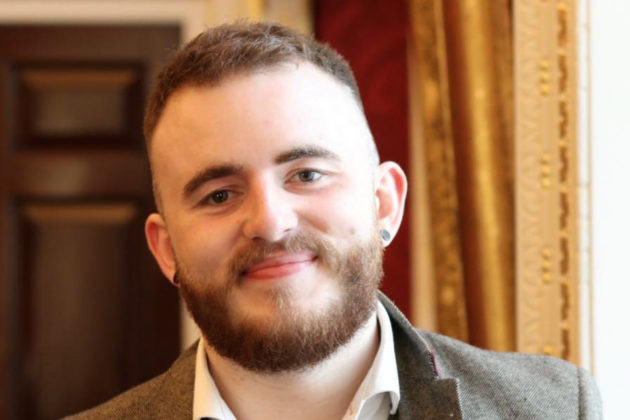Be who you are
The ’90s; the decade of cool Britannia, of flying on Concorde between London and New York, when boy bands such as West Life, A1, and Boyzone were cultivated in musical laboratories. Calvin Klein had turned Gwyneth Paltrow into a superstar at the Oscars, and the world was mourning the loss of a Princess.
As a child, I remember these perfectly sculpted bodies appearing on the television screen, and thinking this is what I should look like as an adult. Anything outside of these perfectly sculpted bodies and hair meant you weren’t “normal”.

Abnormal is normal
Then with a bang, the 21st century appeared. British retailers decided it was time for normality to appear on our screens for the first time. I was young at the time and was mesmerised by the images I was seeing on the television. For example, I remember a woman running up a hill, stripping, and when she got to the top she shouted: “I’m normal!”
For the first time, I had seen someone that didn’t fit the mould, in an advert that didn’t either. I was so curious that I turned to my mother and asked what that advert was for, to which she responded: “It’s for fat people”.
Years later, I found out the advert was from Marks & Spencer, and was actually the brand’s first to advertise clothes for all sizes.
The role of advertisement and inclusion
Why am I talking about adverts and the ’90s? Because they relate to my experiences as a gay man. I believe that advertising, alongside music, fashion and the arts, help society to become more diverse and inclusive.
When I was younger I remember the only LGBT+ faces on TV, were either the joke on a comedy show or glamour rock, rock stars that were seen as the exceptions to the rule. This is no longer the case.
Now in 2021, I am able to unapologetically be myself. This can only be a good thing – if you allow people to be who they truly are, they will allow you to be who you are.
The question to ask
There is still some way to go, however, to ensure all advertising and communication is diverse and inclusive. As communicators, we have a responsibility to be at the forefront and reflect modern-day Britain. We need to show the generations in front of us that they are not alone. We need to look at 3 areas when we are reaching communities:
- Create an integrated plan – looking at the MCOM Model, and bring diversity through every stage, from internal communications, to digital. co-creating materials alongside those in that community. This will ensure diversity and Inclusion is ongoing throughout a campaign.
- Testing – Working with these communities to make sure your message hits home, appeals to them and doesn’t exclude them. Bringing in people from diverse backgrounds from the get-go will ensure your message/imagery is strong and not offensive
- Understanding our brand – We know that some audiences have lower levels of trust in government than others. Community engagement is vital to building trust, using insight to identify any specific barriers to building trust with certain communities, and engaging with that community to overcome them.
I think we are getting better at seeing the mistakes of the past, and growing from them and acknowledging the ones we make now. When I look at my screen whether it’s the tv, the phone or the billboard in the street. I see a modern Britain representative of the people around me.
- Image credit:
- Ethen Carlin (1)
